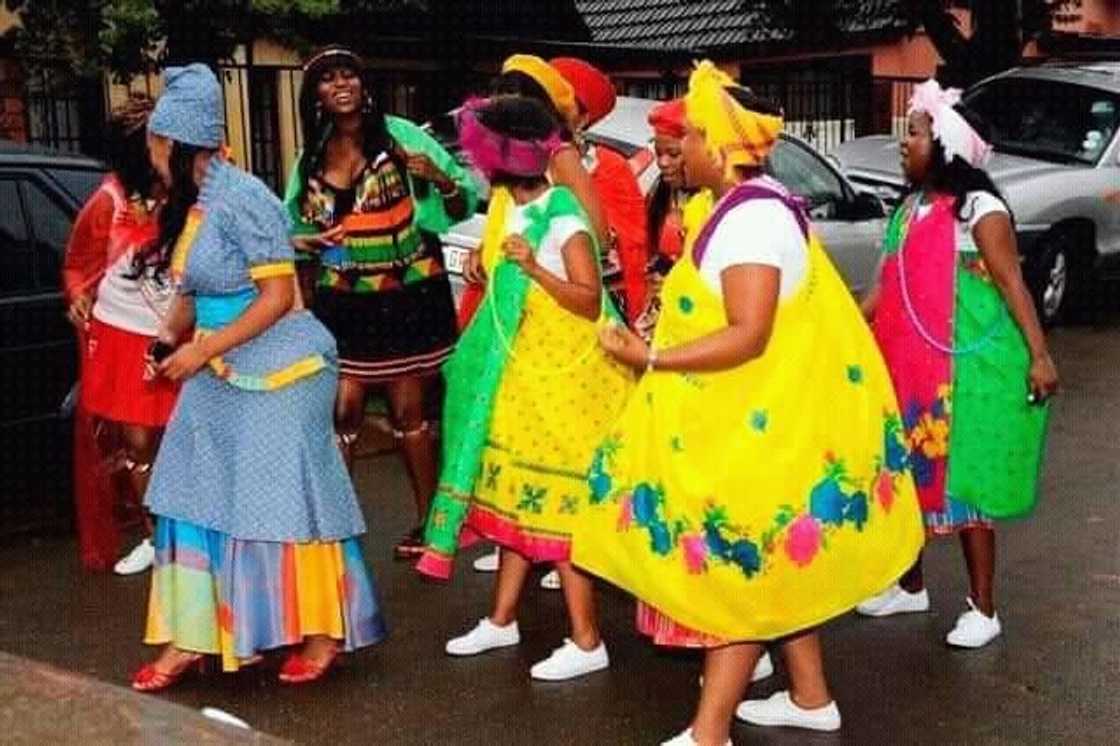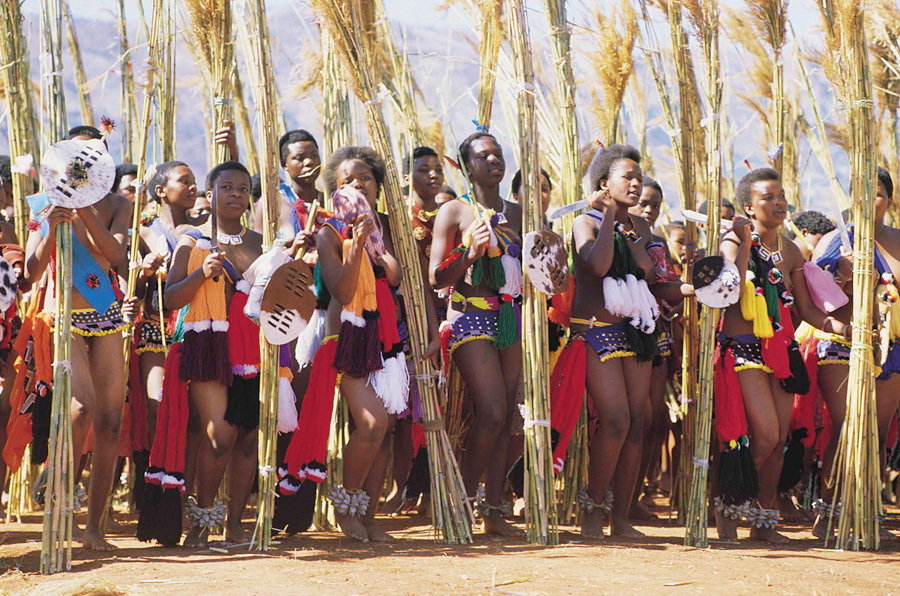The Main Principles Of South African Culture Today
Some Known Facts About South African Culture Today.
Table of ContentsThe Ultimate Guide To South African Culture TodayThe Ultimate Guide To South African Culture TodaySome Known Details About South African Culture Today Indicators on South African Culture Today You Need To Know9 Simple Techniques For South African Culture TodayUnknown Facts About South African Culture Today
A matter of significance in Zambian villages is the passing away of loved ones. All participants of the town placed money, time and effort with each other for the funeral of the deceased.Throughout the mourning period; men remain outside your home and the females remain inside the residence of the deceased. After discussing the deceased, the village strolls to the location of funeral to claim their last bye-byes. Songs and dancing is an extremely vital element of the Zambian society. The different tribal units have their very own dancing forms; however, makishi prevails among all tribes.
Examine This Report about South African Culture Today
When it pertains to songs, drums are made use of one of the most, with a variety of drumming ceremonies. In Zambia, majority of the people are Christian; Protestant and Roman Catholic. There are little teams of Muslims and Hindus, with the rest adhering to neighborhood indigenous tribal ideas.

South African heritage and culture is greatly varied, and consists of several groups of individuals that each have their very own traditions and beliefs. Having such a variety of people and societies is what makes South Africa so special. In truth feeling of the expression, we are a rainbow nation.
South Africa has around three hundred thousand Portuguese individuals residing in it. Making it the 7th on the list of nations with the most Portuguese individuals in it beyond Portugal. Portuguese is not only a society, however it is also a language and a race. Portuguese people stem from the country of Portugal in Europe, nonetheless, because of Portugal (like many various other countries in Europe) checking out the world and dominating other countries throughout the 15th 20th centuries, South Africa has what we call Portuguese South African's living in it.
South African Culture Today Things To Know Before You Buy
Among the noticeable functions of the topography is a plateau that covers nearly two thirds of the center of the nation. The plateau complex increases toward the southeast, where it climaxes in the Drakensberg variety, component of a cliff that divides the plateau from the seaside locations. The Drakensburg consists of Sparkling wine Castle, the highest possible peak in the country.
The region north of the Witwatersrand, called the bushveld, inclines downward from eastern to west towards the Limpopo River, which creates the global boundary. The western area of the plateau, the middleveld, additionally comes down in the direction of the west and differs in altitude in between the highveld and bushveld. Between the Drakensburg and the eastern and southern coastline, the land comes down to the sea.
Nearer the coastline there is a low-lying plain called the eastern lowveld. Southwest of the plateau the country becomes progressively more arid, giving way to the hostile desert of the Great Karroo, verged on the eastern by the reduced, better watered plateau of the Little Karroo. Separating the completely dry southerly interior from the sandy littoral of the southern shore and West Cape is an additional variety, the Langeberg.
South African Culture Today - The Facts
The country's racially, ethnically, and politically split background has actually produced national and subnational symbols that still function as icons of the country, and others symbols that are approved only by specific groups. The monoliths to white settler occupation and political supremacy, such as the Afrikaner Voortrekker ("leader") Monument in Pretoria and the Rhodes Monolith honoring the British colonial realm contractor and Cape head of state Cecil Rhodes, stay sectarian icons.
The very first modern-day occupants were the San ("bushman") hunter-gatherers and the Khoi ("Hottentot") individuals, who rounded up livestock (South African culture today). The San may have been present for hundreds of years and left evidence of their existence in hundreds of ancient cavern paintings ("rock art"). Bantu-speaking clans that were the ancestors of the Nguni (today's amaZulu, amaXhosa, amaSwazi, and vaTsonga individuals) and Tswana-Sotho language teams (today's Batswana and Southern and Northern Basotho) migrated below eastern Africa as early as the fifteenth century

Both former republics of the Orange Free State and Transvaal (South African Republic) were established by Afrikaner settlers who defeated and dispossessed the Basotho and Batswana. Lesotho would have been forcibly incorporated into the Orange Free State without the extension of British protection in 1869. The supreme unification of the country resulted from the South African War (18991902) between the British and both Afrikaner republics, which reduced the country to destroy Full Report at the beginning of the twentieth century.
Afrikaners historically considered themselves the only real South Africans and, while granting complete citizenship to all homeowners of European descent, refuted that standing to individuals of color until the democratic change of 1994. British South Africans maintain a feeling of social and social connection to Great Britain without compromising their identification as South Africans.
The Ultimate Guide To South African Culture Today
The variety and fragmentation within ethnic groupings and the equilibrium of tensions in between those teams throughout the twentieth century stopped interethnic civil conflict. While intergroup stress over resources, privileges, and political prominence remain, those problems are as likely to match Zulu against Zulu as Zulu versus Xhosa or African versus Afrikaner.
From colonial India, British vendors and managers brought the rounded steel ornamental roof coverings and slender shoelace job pillars that still epitomize the verandas of cottages in the areas and cities throughout the nation. Holy places contribute a vital architectural facet even in the smallest communities. Along with the skyrocketing steeples and timeless stonework of Afrikaans Dutch Reformed churches, Anglican churches, synagogues, mosques, and Hindu shrines supply variety to the religious building scene.

Slaughtering and the brewing of standard cereal beer are necessary in safeguarding the engagement and goodwill of the ancestors that are taken into consideration the guardians of good luck, success, and well-being. Indian communities keep their indigenous cooking traditions and apply them on Islamic and Hindu routine and ceremonial occasions. Afrikaners and Coloured people gather at weekend breaks and unique events at multifamily barbeques called braais, where community bonds are strengthened.
Because this was the key financial business of both black Africans and white colonists, conflict in between those teams fixated the belongings of grazing land and livestock. In 1867, the biggest ruby deposits worldwide were uncovered at Kimberley in the west main area. The wealth from those areas assisted finance the exploitation of the best gold coral reef on the planet, which was discovered on the Witwatersrand in 1886.
Not known Facts About South African Culture Today
This brought about misunderstandings and deliberate misstatement in the dealings of white inhabitants and federal government officials with African principals during the colonial duration (South African culture today). In the establishment of African books, some facets of Going Here public and mainly "tribal trust fund" land tenure were maintained, and also in white country locations, forms of communal period were still practiced in locations with African neighborhoods
After the autonomous change of 1994, programs for land restitution, redistribution, and reform were set up, however progression has try this actually been slow-moving. The white minority still manages eighty percent of the land. Following agricultural land intrusions in Zimbabwe, the Division of Land Affairs has actually promised to speed up land redistribution.